Learning how to sketch is an attainable skill that, with the right approach and consistent practice, anyone can master. LEARNS.EDU.VN offers insights and resources to help you embark on this artistic journey. Discover effective methods, techniques, and resources to develop your sketching abilities.
1. Understanding the Fundamentals of Sketching
Sketching is more than just drawing; it’s about seeing, understanding, and translating the world around you onto paper. Before diving into specific techniques, it’s crucial to grasp the foundational principles.
1.1. Defining Sketching and Its Importance
Sketching is a preliminary drawing, often quick and gestural, used to capture the essence of a subject. It’s the foundation for more detailed artwork and a valuable tool for visual thinking and problem-solving. According to Betty Edwards in “Drawing on the Right Side of the Brain,” learning to draw is learning to see differently, to perceive shapes, spaces, and relationships.
1.2. Essential Materials for Beginners
- Pencils: Ranging from hard (H) to soft (B), each offers a different tone and line quality. A set including HB, 2B, and 4B is a good starting point.
- Paper: Sketchbooks with medium-weight paper are ideal for practice.
- Erasers: Kneaded erasers are excellent for lifting graphite without damaging the paper.
- Sharpeners: A good quality sharpener ensures your pencils are always ready.
- Blending Stumps: Help to create smooth transitions and soft shadows.
1.3. Understanding Perspective
Perspective is crucial for creating realistic sketches. Mastering one-point, two-point, and three-point perspective will allow you to depict depth and spatial relationships accurately. Resources like “Perspective Made Easy” by Ernest R. Norling provide clear explanations and exercises.
2. Warming Up and Developing Hand-Eye Coordination
Just like athletes warm up before a game, artists should prepare their hands and minds before sketching.
2.1. The Importance of Warm-Up Exercises
Warming up improves dexterity, loosens muscles, and connects your mind to your hand. It’s a crucial step in preparing for effective sketching.
2.2. Simple Exercises to Improve Dexterity
- Scribbles and Doodles: Fill a page with random scribbles and doodles, varying pressure and speed.
- Line Variations: Practice drawing straight, curved, and zig-zag lines of different lengths and thicknesses.
- Shape Repetition: Draw circles, squares, and triangles repeatedly, focusing on consistency.
2.3. Hand-Eye Coordination Drills
- Tracing: Trace simple images to train your hand to follow visual cues.
- Copying: Copy drawings, focusing on accuracy and proportion.
- Blind Contour Drawing: Draw a subject without looking at the paper, forcing your eyes and hand to work together.
3. Breaking Down Complex Subjects into Basic Shapes
One of the most effective techniques for learning to sketch is simplifying complex subjects into basic geometric shapes.
3.1. Identifying Basic Shapes: Circles, Squares, Triangles
Everything around us can be broken down into circles, squares, triangles, cylinders, and cones. Learning to see these shapes within complex objects is the first step to accurate sketching.
3.2. How to Simplify Objects into Manageable Forms
- Look for the Underlying Structure: Identify the primary shapes that make up the object.
- Use Light Lines: Sketch these shapes lightly, focusing on proportion and placement.
- Refine Gradually: Gradually add details, refining the shapes and adding contours.
3.3. Examples of Breaking Down Everyday Objects
- A Tree: Can be seen as a cylinder (trunk) topped with a sphere or cone (foliage).
- A Car: Can be simplified into a series of rectangles and cylinders.
- A Human Figure: Can be broken down into cylinders (limbs) and spheres (joints).
3.4. Using Underdrawing Techniques
An underdrawing is a preliminary sketch that serves as a guide for the final artwork. Use light, loose lines to establish the basic shapes and proportions before adding details.
4. Refining Your Sketches: Lines, Angles, and Edges
Once you have a basic structure, it’s time to refine your sketch by focusing on lines, angles, and edges.
4.1. Observing and Capturing Accurate Lines
Pay close attention to the contours of your subject. Observe how lines flow and change direction. Practice drawing smooth, confident lines.
4.2. Checking Angles and Proportions
Use your pencil as a measuring tool to check angles and proportions. Hold your pencil at arm’s length and compare the angles of your subject to the angle of your pencil.
4.3. Adding Solid Lines and Defining Contours
Once you’re satisfied with the placement and proportions, add solid lines to define the contours of your subject. Vary the thickness of your lines to create depth and interest.
5. Practicing with Quick, Loose Sketches
Quick, loose sketches are an excellent way to improve your hand-eye coordination and capture the essence of a subject.
5.1. Benefits of Gestural Sketching
Gestural sketching focuses on capturing the movement and energy of a subject rather than precise details. This helps you develop a sense of flow and spontaneity in your drawings.
5.2. Tips for Creating Effective Quick Sketches
- Focus on the Overall Impression: Don’t get bogged down in details.
- Use Light, Energetic Lines: Capture the movement and energy of your subject.
- Set a Time Limit: This forces you to work quickly and efficiently.
5.3. Incorporating Variety in Your Practice
Draw different subjects from various angles. Experiment with different sketching tools and techniques. The more you vary your practice, the faster you’ll improve.
6. Adding Focus, Contrast, and Details
To bring your sketches to life, you need to add focus, contrast, and details.
6.1. Identifying Focal Points in Your Sketch
Determine the most important areas of your sketch and focus your attention there. This will draw the viewer’s eye to those areas.
6.2. Using Light and Shadow to Create Contrast
Contrast is essential for creating depth and dimension in your sketches. Use light and shadow to define forms and create a sense of volume. “Light and Shade: The Theory and Practice of Chiaroscuro” by M.A. Rooker offers a comprehensive guide to understanding and using light and shadow.
6.3. Adding Details to Enhance Realism
Add details sparingly, focusing on areas of interest. Textures, patterns, and small details can add realism and visual interest to your sketches.
7. Understanding Value and Shading
Value refers to the lightness or darkness of a color, and shading is the process of using value to create the illusion of form and depth.
7.1. The Value Scale
The value scale is a range of values from black to white, with various shades of gray in between. Understanding the value scale is crucial for creating realistic shading.
7.2. Shading Techniques
- Hatching: Creating tones by drawing closely spaced parallel lines.
- Cross-Hatching: Layering hatching lines at different angles to create darker values.
- Stippling: Using dots to create values, with denser dots creating darker areas.
- Blending: Smudging graphite to create smooth transitions between values.
7.3. Applying Shading to Create Form
Use shading to indicate the direction of light and create the illusion of three-dimensional form. Areas facing the light source should be lighter, while areas in shadow should be darker.
8. Learning About Composition
Composition refers to the arrangement of elements within a drawing. A well-composed sketch is visually appealing and effectively communicates the artist’s intent.
8.1. Rule of Thirds
Divide your drawing area into thirds both horizontally and vertically, and place key elements at the intersections of these lines. This creates a balanced and dynamic composition.
8.2. Leading Lines
Use lines to guide the viewer’s eye through the drawing. Leading lines can create a sense of depth and direction.
8.3. Creating a Focal Point
Every drawing should have a focal point, the area that draws the viewer’s attention. Use contrast, detail, and placement to emphasize the focal point.
9. Practice, Persistence, and Learning from Mistakes
The key to improving your sketching skills is consistent practice and a willingness to learn from your mistakes.
9.1. The Importance of Regular Practice
Even short, regular practice sessions are more effective than infrequent, long sessions. Aim to sketch every day, even if it’s just for 15-20 minutes.
9.2. Embracing Mistakes as Learning Opportunities
Don’t be afraid to make mistakes. Every mistake is an opportunity to learn and improve. Analyze your mistakes and try to understand what went wrong.
9.3. Seeking Feedback and Constructive Criticism
Share your sketches with other artists and ask for feedback. Constructive criticism can help you identify areas for improvement and develop your skills faster.
10. Exploring Advanced Concepts and Techniques
Once you’ve mastered the basics, you can explore more advanced concepts and techniques to further enhance your sketching skills.
10.1. Understanding Perspective in Detail
Delve deeper into perspective, learning about different types of perspective and how to use them effectively.
10.2. Mastering Light and Shadow
Study how light interacts with different surfaces and how to use light and shadow to create realistic forms.
10.3. Exploring Different Mediums and Styles
Experiment with different sketching tools, such as charcoal, ink, and colored pencils. Explore different sketching styles, such as realism, impressionism, and abstraction.
10.4. Understanding Anatomy
For those interested in figure drawing, understanding anatomy is essential. Knowing the underlying bone and muscle structure will help you create more accurate and dynamic figure sketches. Resources like “Anatomy for Sculptors” by Uldis Zarins and Sandis Kondrats are invaluable for learning anatomy.
10.5. Color Theory
While sketching is often associated with black and white, understanding color theory can enhance your skills, especially if you plan to work with colored pencils or other mediums. Learn about color relationships, harmonies, and how to mix colors effectively.
11. Utilizing Online Resources and Courses
The internet offers a wealth of resources for learning how to sketch, including online courses, tutorials, and communities.
11.1. Free Online Tutorials and Resources
Websites like YouTube, DeviantArt, and Pinterest offer countless free tutorials and resources for learning how to sketch.
11.2. Recommended Online Courses and Platforms
Platforms like Coursera, Udemy, and Skillshare offer structured online courses taught by experienced artists.
11.3. Joining Online Art Communities
Joining online art communities can provide you with support, feedback, and inspiration. Share your work, participate in discussions, and learn from other artists.
LEARNS.EDU.VN offers a variety of courses and resources to help you master sketching. Our comprehensive programs provide step-by-step guidance, expert instruction, and personalized feedback to help you achieve your artistic goals.
12. Integrating Technology into Sketching
Modern technology provides tools and resources that can enhance the sketching process.
12.1. Digital Sketching Tools
Tablets like iPads with styluses (e.g., Apple Pencil) and software like Procreate offer a digital alternative to traditional sketching. These tools allow for experimentation with different brushes, colors, and effects, and provide the convenience of undoing mistakes easily.
12.2. Using Reference Photos Effectively
Digital devices make it easy to access and use reference photos. However, it’s important to use references ethically and not simply trace them. Instead, use them to understand proportions, anatomy, and lighting, and then create your own unique sketches.
12.3. Apps for Learning and Practice
There are numerous apps designed to help improve sketching skills. Some apps offer guided tutorials, while others provide exercises and challenges to enhance your abilities. Examples include:
| App Name | Description |
|---|---|
| Procreate | A powerful digital painting and sketching app for iPad. |
| Adobe Fresco | A drawing and painting app with realistic brushes and vector tools. |
| Sketchbook | A free app offering a variety of sketching tools. |
| ArtFlow | A versatile drawing and painting app for Android devices. |
| Tayasui Sketches | A simple and intuitive sketching app with a focus on natural media tools. |
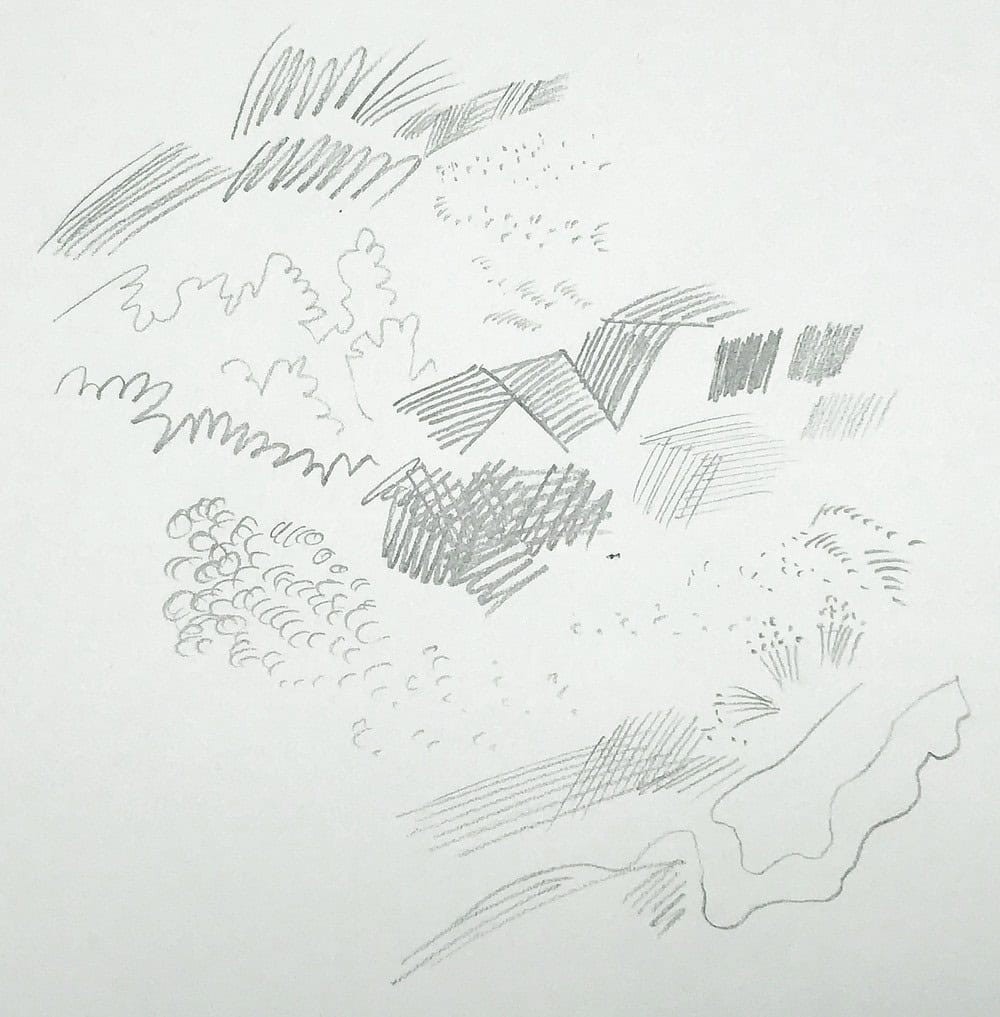
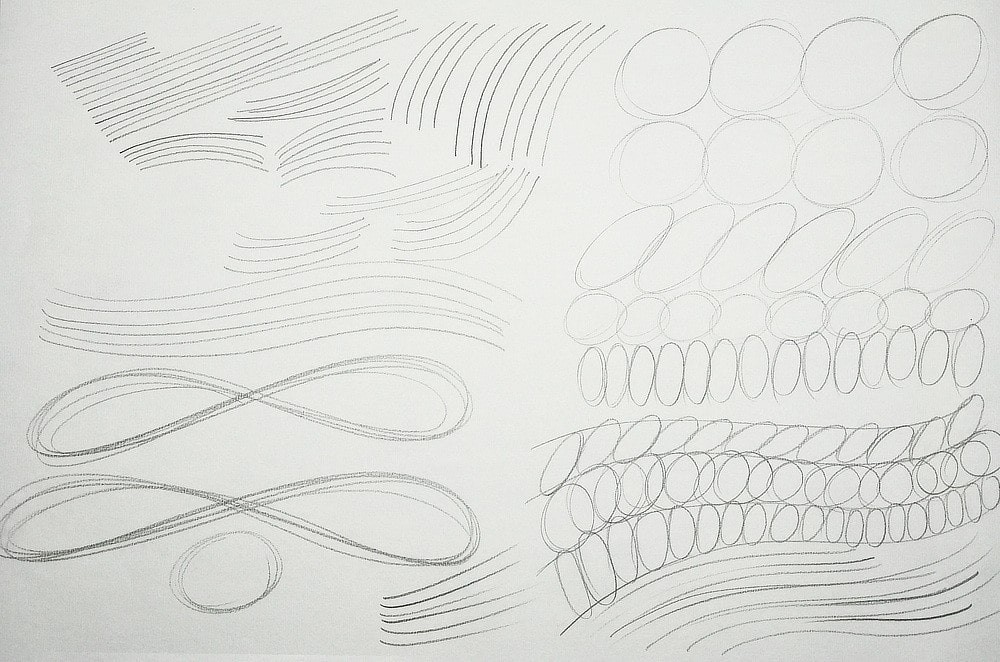
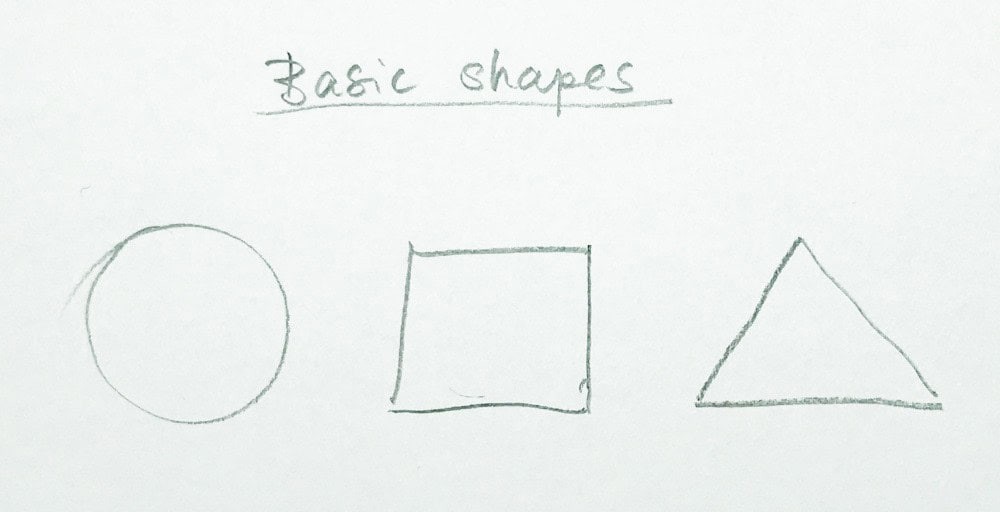
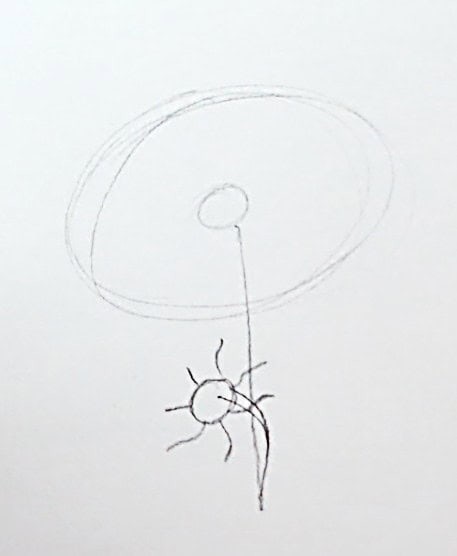
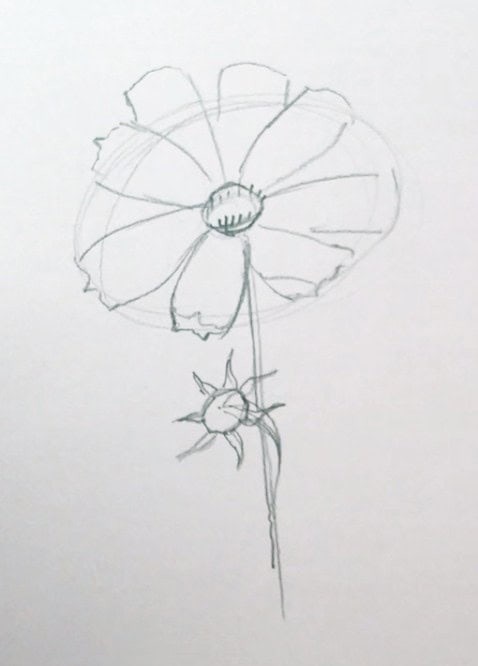
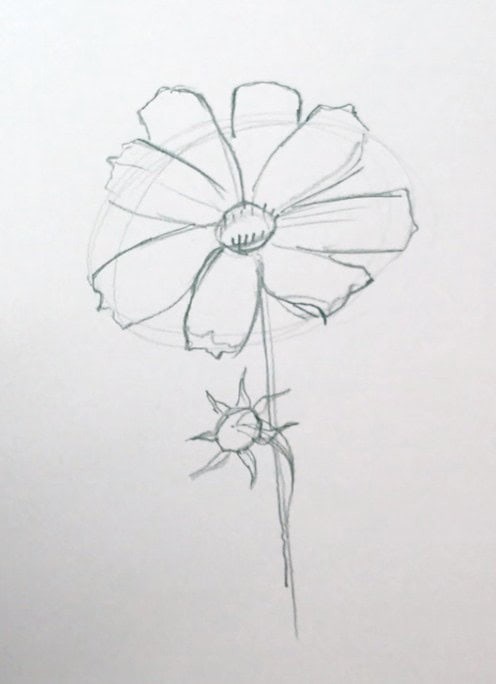
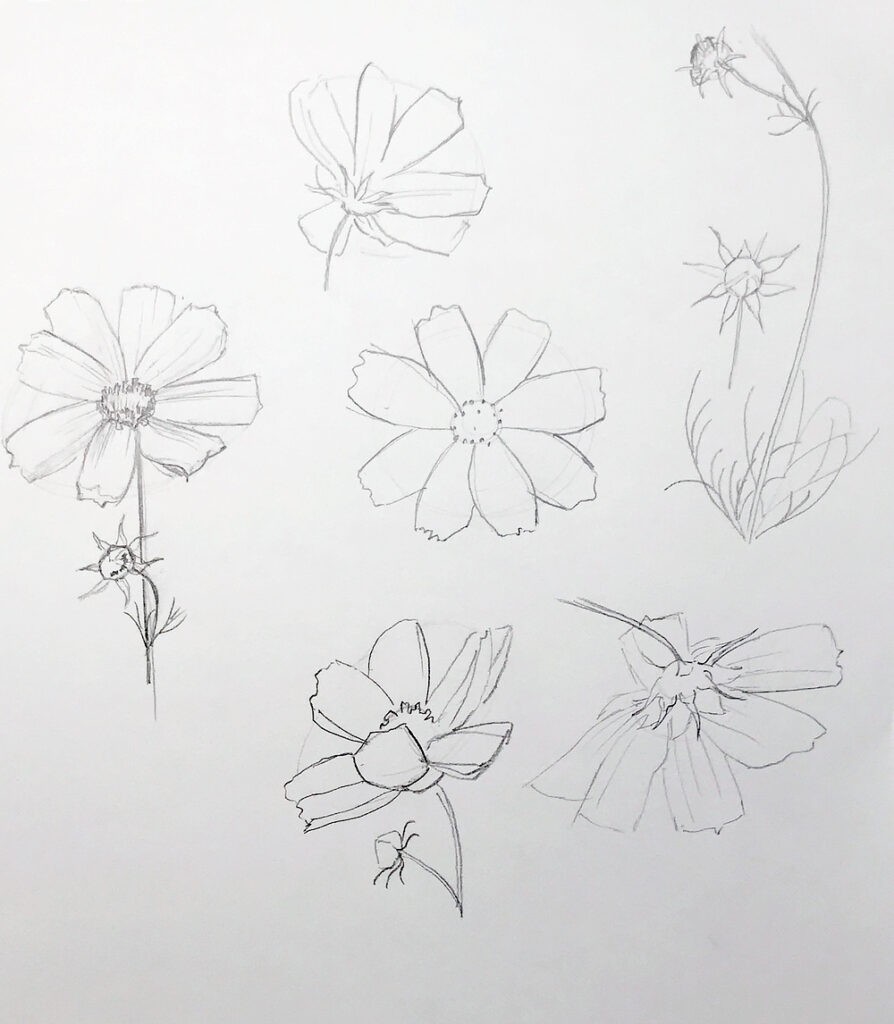
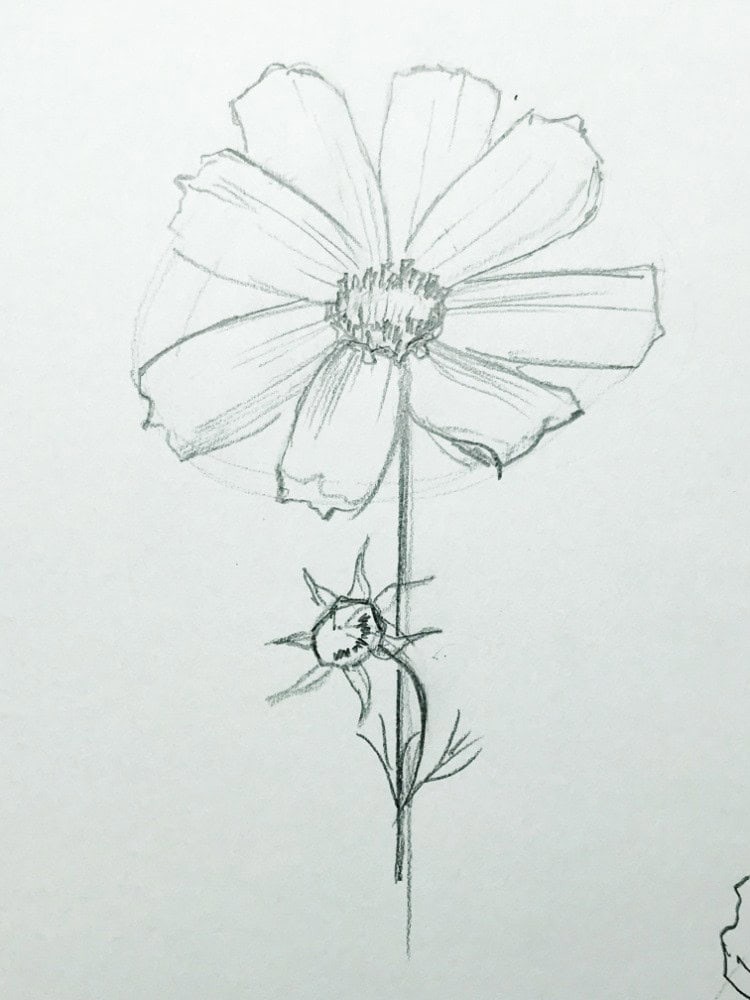
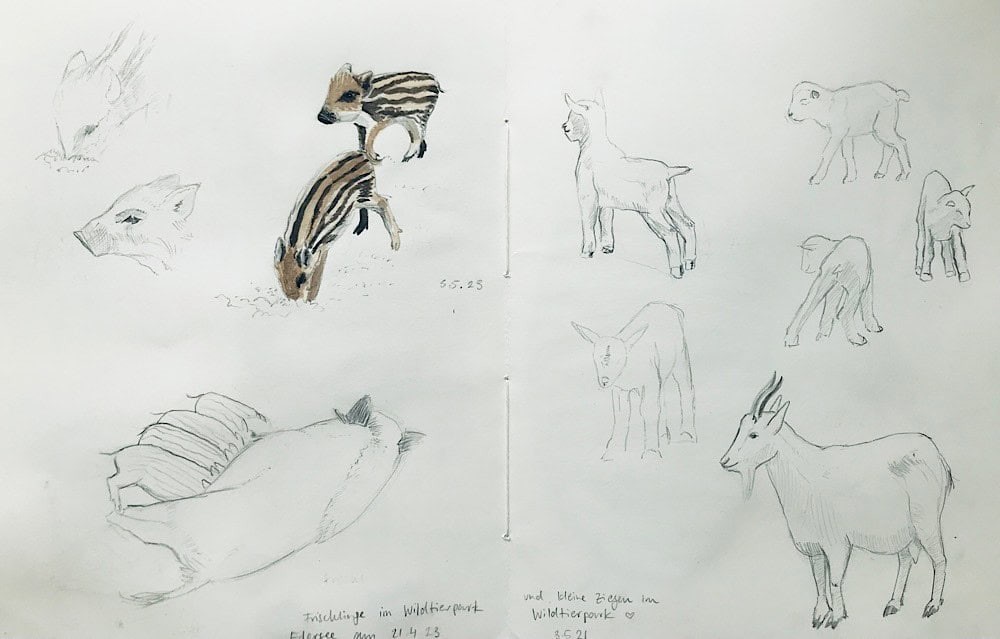
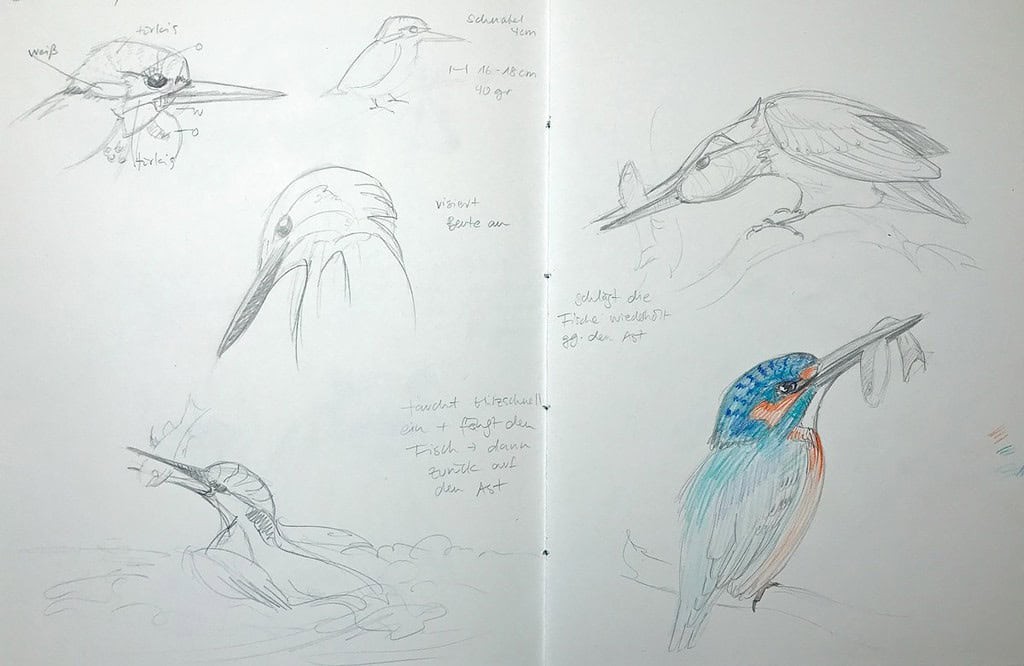
13. Building a Sketching Habit
Consistency is key to improving your sketching skills. Establishing a regular sketching habit can help you make steady progress.
13.1. Setting Realistic Goals
Start with small, achievable goals, such as sketching for 15 minutes each day. As you improve, you can gradually increase the duration and complexity of your practice sessions.
13.2. Creating a Dedicated Sketching Space
Having a designated space for sketching can help you get into the right mindset and make it easier to practice regularly. This space should be well-lit, comfortable, and free from distractions.
13.3. Finding Inspiration and Motivation
Surround yourself with inspiring artwork, visit museums and galleries, and connect with other artists. Find subjects that you enjoy sketching, and remember to celebrate your progress along the way.
14. Learning from Master Artists
Studying the works of master artists can provide valuable insights into technique, composition, and style.
14.1. Analyzing Master Sketches
Choose sketches by master artists that you admire and analyze them carefully. Pay attention to their line work, shading, and composition. Try to understand their thought process and the techniques they used.
14.2. Replicating Master Sketches
Copying master sketches can be a valuable learning exercise. It allows you to understand their techniques firsthand and develop your own skills.
14.3. Identifying Key Elements and Techniques
Identify the key elements and techniques that make master sketches successful and try to incorporate them into your own work.
15. Understanding and Applying Perspective
Perspective is essential for creating realistic sketches. Mastering one-point, two-point, and three-point perspective will allow you to depict depth and spatial relationships accurately.
15.1. One-Point Perspective
All lines converge to a single vanishing point on the horizon line. This is often used for scenes looking straight down a road or hallway.
15.2. Two-Point Perspective
Lines converge to two vanishing points on the horizon line. This is used for drawing objects viewed at an angle, such as buildings.
15.3. Three-Point Perspective
Lines converge to three vanishing points, two on the horizon line and one above or below. This is used for drawing objects viewed from a high or low angle.
16. Expanding Your Subject Matter
To become a well-rounded sketcher, it’s important to practice drawing a variety of subjects.
16.1. Still Life
Arranging and sketching still life setups can help you improve your understanding of composition, lighting, and form.
16.2. Landscapes
Sketching landscapes can help you develop your skills in perspective, composition, and capturing the beauty of nature.
16.3. Portraits and Figures
Drawing portraits and figures can help you improve your understanding of anatomy, proportion, and expression.
17. Joining a Sketching Group or Workshop
Participating in a sketching group or workshop can provide you with valuable learning opportunities and social connections.
17.1. Benefits of Group Sketching
Sketching with others can provide you with inspiration, motivation, and feedback. It’s also a great way to meet other artists and build your network.
17.2. Finding Local Groups and Workshops
Search online for local sketching groups and workshops in your area. Many art centers and community colleges offer classes and workshops for sketchers of all levels.
17.3. Participating in Online Challenges
Participating in online sketching challenges can help you stay motivated and improve your skills. Many online art communities host regular challenges with specific themes or prompts.
18. Experimenting with Different Surfaces
The type of surface you sketch on can affect the look and feel of your drawings.
18.1. Smooth vs. Textured Paper
Smooth paper is ideal for detailed drawings with fine lines, while textured paper is better for creating rougher, more expressive sketches.
18.2. Toned Paper
Sketching on toned paper, such as gray or brown, can make it easier to create contrast and add highlights.
18.3. Alternative Surfaces
Experiment with sketching on alternative surfaces, such as wood, fabric, or even digital tablets.
19. Maintaining a Sketchbook
Keeping a sketchbook is an essential practice for any artist. It’s a place to record your observations, practice your skills, and develop your ideas.
19.1. Choosing the Right Sketchbook
Choose a sketchbook that is comfortable to carry and use. Consider the size, paper type, and binding.
19.2. Making Sketching a Daily Habit
Carry your sketchbook with you and make sketching a daily habit. Even a few minutes of sketching each day can make a big difference.
19.3. Documenting Your Progress
Date your sketches and make notes about your process and observations. This will help you track your progress and learn from your experiences.
20. Understanding Composition Techniques
Composition is how elements are arranged in artwork.
20.1. Rule of Thirds
The rule of thirds involves dividing your composition into nine equal parts using two horizontal and two vertical lines. Placing key elements along these lines or at their intersections creates a balanced and visually appealing composition.
20.2. Leading Lines
Leading lines guide the viewer’s eye through the artwork, directing attention to the focal point. These lines can be straight, curved, or implied.
20.3. Symmetry and Asymmetry
Symmetrical compositions are balanced and formal, while asymmetrical compositions are dynamic and visually engaging.
21. Fine-Tuning Details and Textures
Adding details and textures can enhance the realism and visual interest of your sketches.
21.1. Hatching and Cross-Hatching
Hatching involves drawing closely spaced parallel lines to create value. Cross-hatching involves layering hatching lines at different angles to create darker values.
21.2. Stippling
Stippling involves using dots to create value, with denser dots creating darker areas.
21.3. Blending
Blending involves smudging graphite or charcoal to create smooth transitions between values.
22. Tools for Practicing Sketching Regularly
Embrace the journey of learning to sketch, and remember that progress takes time and dedication.
22.1. Online Courses
There are many online courses which can give you the fundamentals for the tools needed in sketching regularly.
22.2. Sketching Challenges
Sketching challenges will provide inspiration and will help make you stay on track.
22.3. Mobile Apps
Mobile apps have games and tools to help encourage you to practice regularly.
23. Finding Inspiration and Motivation
Staying inspired and motivated is crucial for continuous improvement.
23.1. Art Galleries and Museums
Visiting art galleries and museums exposes you to different styles and techniques, sparking new ideas and approaches.
23.2. Online Art Communities
Engaging with online art communities provides peer support, feedback, and a sense of belonging.
23.3. Nature and Everyday Life
Drawing inspiration from nature and everyday life can bring authenticity and personal expression to your sketches.
24. Overcoming Common Sketching Challenges
Every artist faces challenges. Knowing how to overcome them is essential for growth.
24.1. Dealing with Frustration
It’s common to feel frustrated when sketches don’t turn out as expected. Take breaks, try different approaches, and remember that every mistake is a learning opportunity.
24.2. Improving Accuracy
Improving accuracy involves keen observation and constant comparison to the subject. Use measuring techniques and focus on proportions and angles.
24.3. Developing a Personal Style
Developing a personal style takes time and experimentation. Explore different techniques and subjects, and let your unique voice emerge through your sketches.
25. Integrating Sketching into Daily Life
Sketching is not just an artistic skill; it’s a tool for observation, problem-solving, and creative thinking.
25.1. Sketching as a Form of Visual Thinking
Use sketching to brainstorm ideas, plan projects, and visualize concepts.
25.2. Sketching as a Relaxation Technique
Sketching can be a relaxing and meditative activity. Use it to unwind, relieve stress, and connect with your creativity.
25.3. Sketching as a Way to Document Experiences
Use sketching to capture memories, document travels, and record your observations of the world around you.
26. Conclusion: Embracing the Journey of Learning to Sketch
Learning how to sketch is a journey that requires dedication, patience, and a willingness to learn. By following these steps, practicing regularly, and seeking feedback, you can develop your skills and unlock your creative potential.
Remember, the most important thing is to enjoy the process and have fun. As Leonardo da Vinci said, “Drawing is the foundation of everything.” Embrace the journey and discover the joy of creating art.
Ready to take your sketching skills to the next level? Visit LEARNS.EDU.VN today to explore our comprehensive art courses and resources. Whether you’re a beginner or an experienced artist, we have something to help you achieve your artistic goals. Our expert instructors and personalized feedback will guide you every step of the way. Don’t wait, start your artistic journey with LEARNS.EDU.VN today and unleash your creative potential.
For more information, visit us at 123 Education Way, Learnville, CA 90210, United States. Contact us via Whatsapp at +1 555-555-1212 or visit our website at learns.edu.vn.
FAQ: Learn How To Sketch
- What are the essential materials for a beginner sketcher?
- Pencils (HB, 2B, 4B), sketchbook, kneaded eraser, pencil sharpener, and blending stumps.
- How can I improve my hand-eye coordination for sketching?
- Practice tracing, copying drawings, and blind contour drawing exercises.
- What is the best way to break down complex objects into simple shapes?
- Identify the underlying basic shapes (circles, squares, triangles) and use light lines to sketch them before refining the details.
- How important is warming up before sketching?
- Warming up is crucial for improving dexterity, loosening muscles, and connecting your mind to your hand.
- What is gestural sketching, and why is it beneficial?
- Gestural sketching focuses on capturing the movement and energy of a subject, improving spontaneity and flow in drawings.
- How can I create contrast in my sketches?
- Use light and shadow to define forms and create a sense of volume; add darker areas to show volume and accents.
- What is the value scale, and how do I use it?
- The value scale is a range of values from black to white; use it to understand and apply shading techniques to create depth.
- Why is composition important in sketching?
- Composition ensures your sketch is visually appealing and effectively communicates the artist’s intent; use techniques like the rule of thirds.
- How often should I practice sketching to see improvement?
- Aim to sketch every day, even for just 15-20 minutes, for consistent progress.
- What should I do when I make mistakes in my sketches?
- Embrace mistakes as learning opportunities; analyze them and try to understand what went wrong for future improvement.